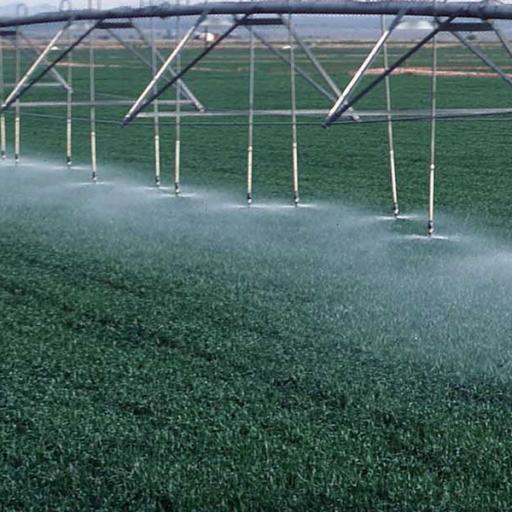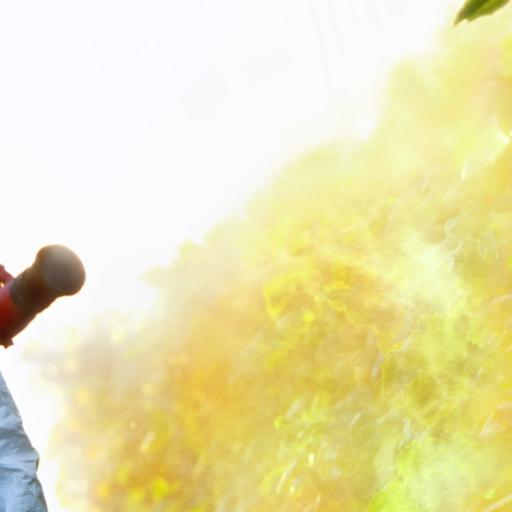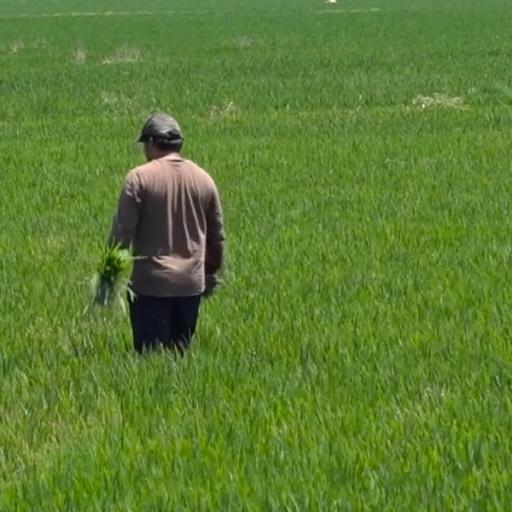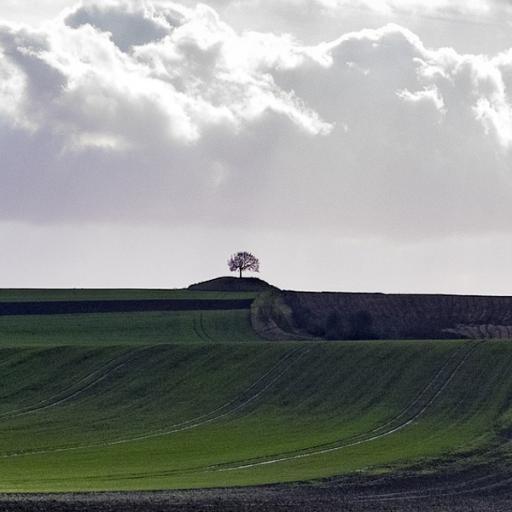Since the first half of the 1990s, Greek aquaculture has been dominated by seabass and seabream production. Output grew dramatically from 53 tons in 1985 to 17,553 tons in 1995 and was almost equally shared between seabass and seabream. Eventually Greece became the largest producer of seabass and seabream in Europe accounting for 55% of total European production in 1995, compared to only 25% in 1989. The growth of seabass and seabream production occurred at the expense of freshwater fish production, primarily of trout and carp (Kallifeidas 1997). The number of seabass and seabream farms almost doubled in the first half of the 1990s, but the absolute number of farms entering the industry in the 1990s decreased compared to the second half of the 1980s, when a large number of small fish farms entered the industry.
Farm production varies considerably from small units producing up to 50 tons per year to big ones producing more than 200 tons per year. The average farm size increased significantly from 18.6 tons per year in 1990 to 109.6 tons per year in 1995. However, regardless of farm size, the same type of technology is used as far as fish-cages and growing stocks are concerned (Kallifeidas 1997). The situation is entirely different with respect to hatcheries, as it is difficult for small and medium size enterprises to integrate vertically due to high establishment cost and lack of technical expertise. As a result, the number of seabass and seabream hatcheries increased at a much slower rate than the number of fish farms.
The ongoing rapid development of seabass and seabream production in Greece is closely related to the competitiveness of the sector in both domestic and export markets. Efficiency is one of the main factors determining competitiveness. The higher the degree of efficiency, the lower will be the unit cost of production and as a result, fish farms would be able to supply their products at lower prices. Consequently, more efficient fish farms would have better chances of surviving and prospering in the future than less efficient ones. Along these lines, an analysis of efficiency would provide information about the potential sources of inefficiency. In addition, measures of potential cost savings that can be achieved from improvements in technical and allocative efficiencies could be derived and used by fish farms as a benchmark to improve competitiveness.
The objective of this paper is to examine the extent of both technical and allocative efficiencies in seabass and seabream production in Greece based on a sample of 30 fish farms at 1994 and using the stochastic frontier approach. First, estimates of output-oriented technical efficiency are obtained directly from the econometric estimation of a Cobb-Douglas production frontier function. Second, estimates of input-oriented technical efficiency, input allocative efficiency, and cost efficiency are derived by using an indirect approach, initially proposed by Kopp & Diewert (1982) and latter extended by Bravo-Ureta & Rieger (1991) to stochastic frontier models, which relies on the derived cost frontier. Third, a second-stage regression approach is used to explain intra-firm variation in input-oriented technical efficiency, input allocative efficiency, and cost efficiency.
There are relatively few studies dealing with the measurement of efficiency in open-access fisheries and aquaculture. Specifically, Kirkley et al. (1995; 1998) assessed technical efficiency in mid-Atlantic sea-scallop fishery; Campbell & Hand (1998) compared technical efficiency scores among domestic and distant water fishing fleets in the Solomon Islands fishing zone; and Sharma & Leung (1999) analyzed technical efficiency of longline fishery in Hawaii. On the other hand, Sharma & Leung (1998) examined the technical efficiency and its determinants for a sample of extensive and intensive fishpond farms in Nepal; Sharma (1999) measured technical efficiency of carp production in Pakistan; Iinuma et al. (1999) analyzed the productive performance of a sample of carp pond farms in Peninsula Malaysia; and Sharma et al., (1999) studied technical and allocative efficiencies for a sample of Chinese polyculture fish farms. Empirical results from these studies indicate that the factors influencing efficiency in commercial fisheries and aquaculture are dissimilar. In open access fisheries, recruitment and subsequent harvestable stocks are important in determining productive efficiency. However, these factors seem to have no influence in controlled aquaculture production. Instead, stocking rates and fish feed, along with local environmental conditions, are the most influential factors in determining fish farm output and the degree of inefficiency







